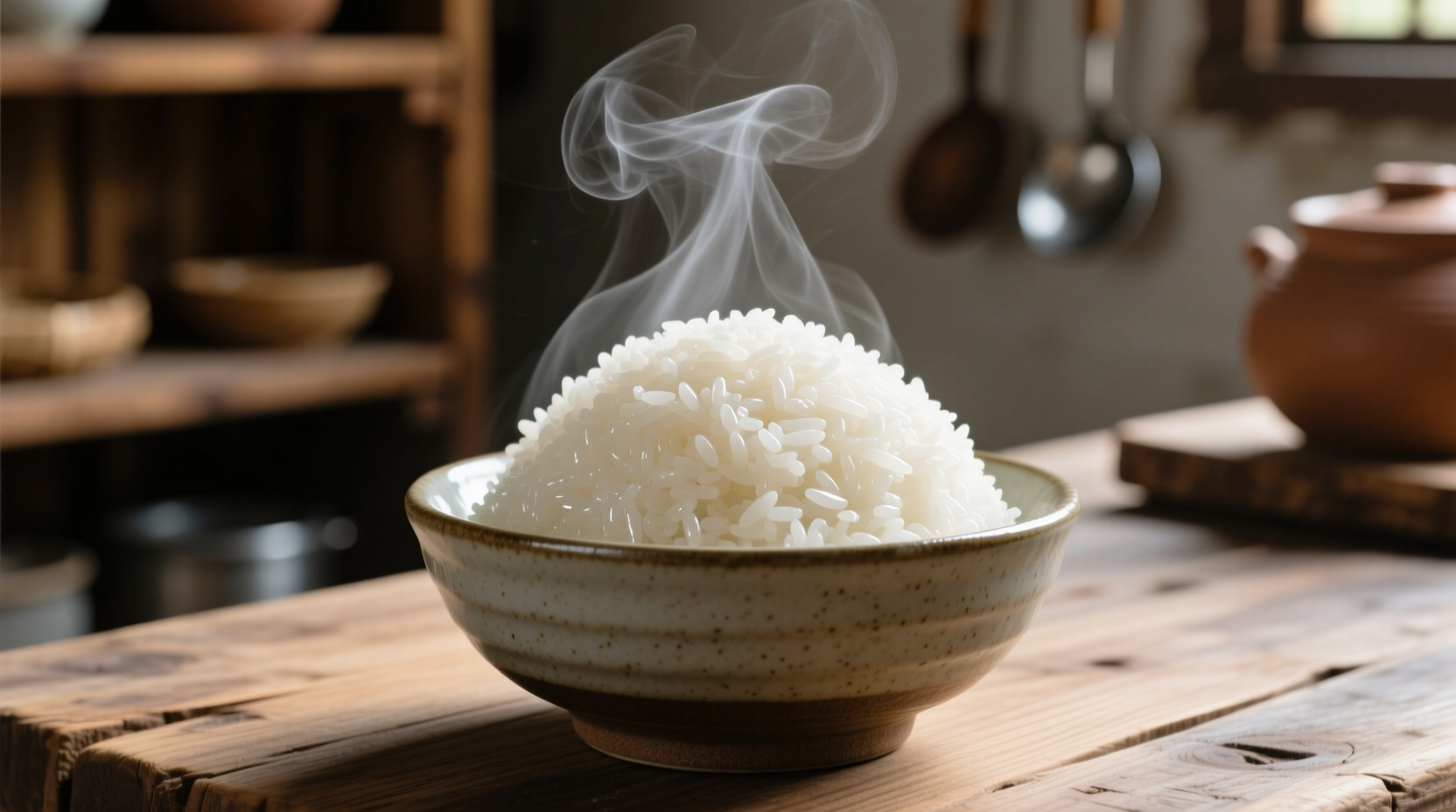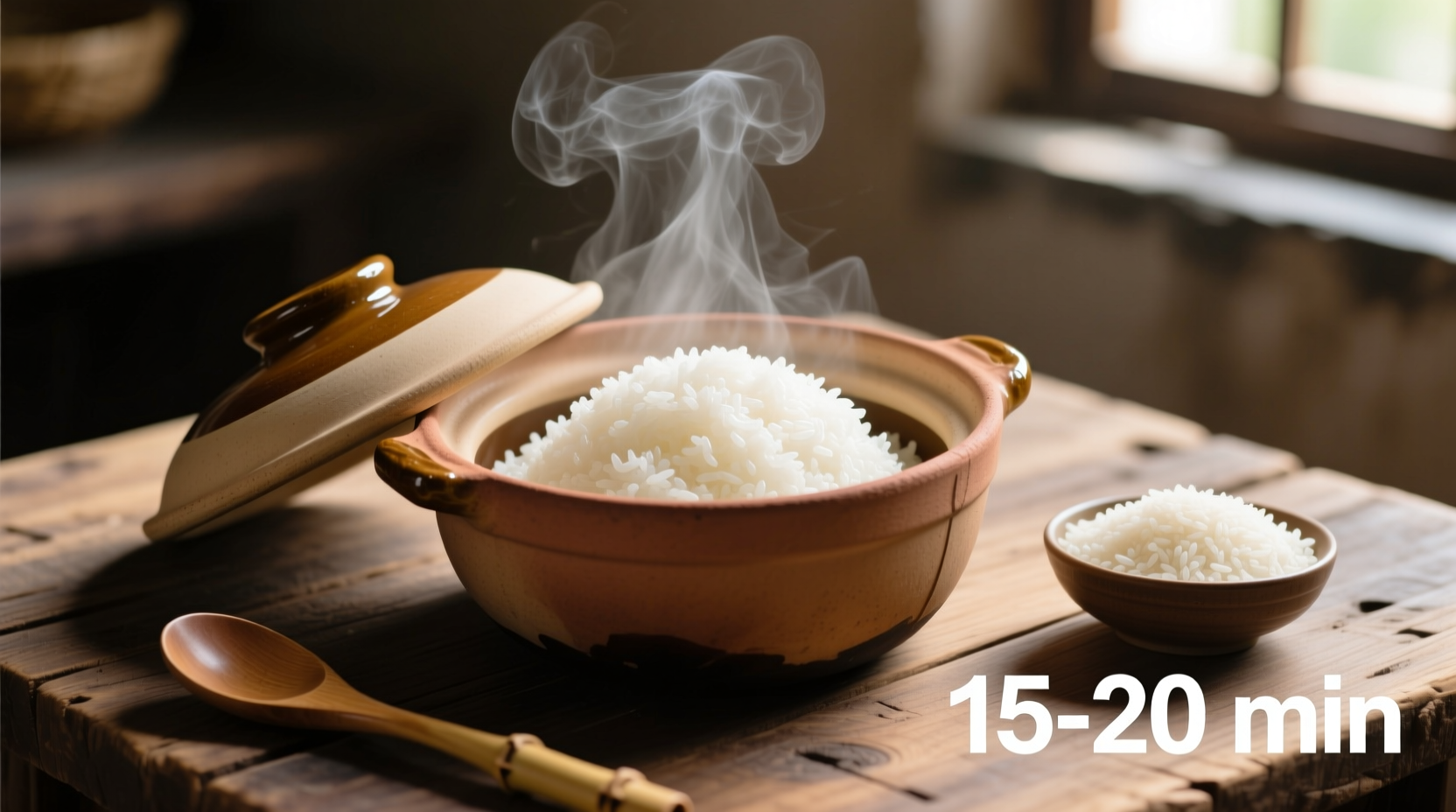Mastering Rice Cooking: Timing and Technique Essentials
Getting rice cooking times right separates good meals from great ones. Many home cooks struggle with mushy or undercooked rice simply because they don't understand how variables affect cooking duration. Let's explore the science behind rice preparation and establish reliable timing guidelines you can trust.
Why Cooking Times Vary: The Science Explained
Rice cooking isn't one-size-fits-all. The starch composition, grain structure, and moisture content differ significantly between rice varieties. When heat and water interact with these elements, they trigger gelatinization—the process where starch granules absorb water and swell. White rice, having its bran layer removed, gelatinizes faster than nutrient-rich brown rice with its intact bran.
Professional chefs at the Culinary Institute of America emphasize that "rice cooking is a precise hydration process, not just a timing exercise." This explains why identical timing instructions sometimes yield different results.
Complete Rice Cooking Time Reference Guide
| Rice Type | Water Ratio | Simmer Time | Resting Time | Total Time |
|---|---|---|---|---|
| Long-Grain White | 1:1.75 | 15-18 min | 10 min | 25-28 min |
| Brown Rice | 1:2.25 | 35-40 min | 10 min | 45-50 min |
| Jasmine | 1:1.5 | 12-15 min | 15 min | 27-30 min |
| Basmati | 1:1.5 | 15-18 min | 10 min | 25-28 min |
| Sushi Rice | 1:1.25 | 18-20 min | 10 min | 28-30 min |
Source: USA Rice Federation updated cooking guidelines (2024)
The Critical Resting Phase Most Cooks Skip
After the cooking time ends, your rice isn't finished. The resting period allows residual heat to complete the cooking process evenly while excess moisture evaporates. Skipping this step causes uneven texture and mushy spots. Set a timer for the recommended resting time—never skip this crucial phase.

Stovetop Method: Step-by-Step for Fluffy Results
- Rinse thoroughly until water runs clear (removes excess starch)
- Use exact water ratios measured with the same cup as rice
- Bring to boil uncovered over medium-high heat
- Reduce heat to lowest setting once boiling, cover tightly
- Cook without lifting lid for specified time
- Rest covered after cooking (critical step!)
- Fluff gently with fork before serving
Equipment-Specific Timing Adjustments
Your cooking equipment dramatically affects timing requirements. The University of California Cooperative Extension notes that "pot material and lid tightness can alter cooking time by up to 25%".
- Heavy-bottomed pots: Reduce heat slightly earlier as they retain more heat
- Thin pots: May require slightly higher heat to maintain consistent simmer
- Rice cookers: Follow manufacturer instructions but expect 2-3 minutes longer than stovetop
- Instant Pot: High pressure reduces white rice cooking to 5 minutes plus natural release
Troubleshooting Common Rice Problems
Even with perfect timing, issues can arise. Here's how to fix them:
When Your Rice Is Too Wet
If rice remains soggy after full cooking time, uncover and cook 2-3 minutes on lowest heat to evaporate excess moisture. Alternatively, spread on a baking sheet and finish in a 300°F oven for 5 minutes.
When Rice Is Undercooked
Add 2-3 tablespoons water, cover, and cook 3-5 additional minutes on lowest heat. Never add too much water at this stage or you'll create mush.
Pro Tips from Professional Kitchens
Antonio Rodriguez, chef and culinary expert, shares these professional techniques:
"The most reliable indicator isn't the clock—it's the steam hole. When steam stops escaping from the lid's vent, your rice is done. Always check this visual cue alongside timing. Also, never rush the resting phase; it's when the grains finish setting their structure."
Additional professional insights:
- Add a teaspoon of vinegar to cooking water for fluffier white rice
- Toast aromatic rices like basmati for 2 minutes before adding water
- Cool leftover rice quickly in the refrigerator to maintain texture
Special Considerations for Different Rice Varieties
Not all rice follows standard timing rules. Wild rice blends require significantly longer cooking—up to 55 minutes. Sticky rice needs soaking for 30 minutes before steaming. Arborio rice for risotto requires gradual liquid addition rather than standard absorption method.
The California Department of Food and Agriculture confirms that "regional growing conditions affect rice starch content, which can alter optimal cooking times by several minutes". This explains why the same rice variety might cook differently depending on its origin.
Storing and Reheating Cooked Rice Properly
After cooking, cool rice within 1 hour and refrigerate in airtight containers. Properly stored, cooked rice lasts 4-6 days. When reheating:
- Add 2 tablespoons water per cup of rice
- Cover tightly and heat on lowest stove setting for 5 minutes
- Microwave method: 60 seconds on 50% power with damp paper towel
Never reheat rice multiple times, as this increases food safety risks.
Perfect Rice Every Time: The Final Checklist
- ✓ Rinse rice until water runs clear (except for risotto or paella rice)
- ✓ Use exact water measurements with the same cup
- ✓ Start with boiling water for most rice types
- ✓ Maintain consistent low heat after initial boil
- ✓ Never lift the lid during cooking
- ✓ Always allow full resting time before fluffing











 浙公网安备
33010002000092号
浙公网安备
33010002000092号 浙B2-20120091-4
浙B2-20120091-4